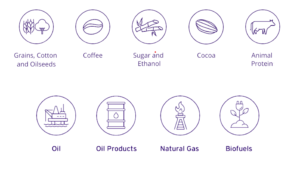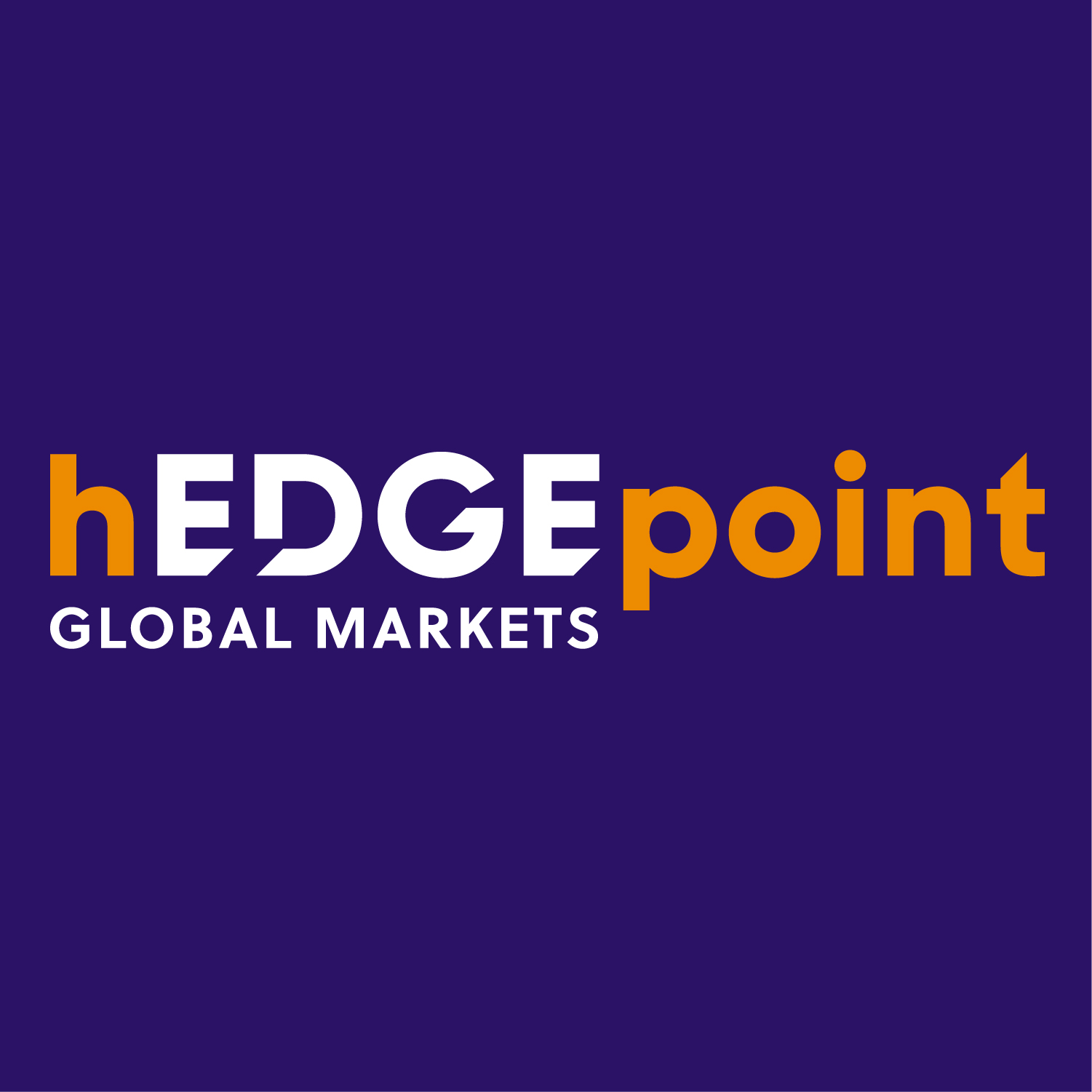What hedging is and why it’s a good option in commodity markets
A good hedging strategy helps protect financial operations throughout the agribusiness chain from price fluctuations and risks inherent in this market.
The financial market offers a wide variety of perspectives and possibilities. The more you search for information, the more you discover that there are good opportunities to invest in, take care of your money, make it yield, while also protecting you from unforeseen events.
In this universe, there are many strategies, and it’s necessary to have vast knowledge to choose which path is the best to follow. But there’s one thing in common for every business: Nobody wants to lose money or see their assets devalued.
At this point, hedging appears as a risk management strategy that can be interesting for anyone who has business related to commodity markets. They’re at the mercy of different volatilities, resulting from changing rates, exchange rate variations, unstable political and economic scenarios, unpredictable and inclement weather and climate change, as natural phenomena directly interfere with price fluctuations.
Thus, the need arises to find ways to protect your financial operations—that’s where hedging appears as a good possibility.
What is hedging?
The English word “hedge” can literally be translated as “fence” or “boundary.” That’s how we call this trading model that guarantees protection against market fluctuations.
In practice, hedging is a mechanism that operates as a kind of insurance against price variations, reducing transaction risks in the market. A strategy of this nature aims to offer predictability to those who have any price exposure.
How does hedging work?
There are a few ways to apply hedging as a strategy. In the case of commodities, for example, the most common way to use this technique is to buy and/or sell futures contracts. In this case, a producer, for instance, is able to set a fixed price for their goods, supported by analysis of the current time, and forecasts for the near future.
Thus, the amount agreed will be paid in the future when the product is delivered. But, since the amount is already fixed, it’s possible to have a better idea of future earnings, and more financial stability as a result.
For the economy, and for the final consumer, it won’t cause any harm, as it also helps prevent prices from rising too high in case of product shortages.
Why should you use hedging in commodity markets?
This is one type of market where this strategy is most used. One of the great difficulties in fixing prices and achieving stability, when working in the agribusiness chain, is the unpredictability of the weather: droughts, excessive rain, cold and frost, too much heat for long periods. That’s to say that whenever there’s climatic imbalance, there’s also the possibility of loss—in particular, losses for agricultural producers and ranchers.
But there are other factors that influence commodity prices: the political and economic scenarios in Brazil and in the countries, we trade with (including wars, elections, and international agreements), exchange rate variations involving foreign currencies (specifically in the countries where the exports or inputs are imported), and natural phenomena in competing countries (like hurricanes and earthquakes), among others.
In other words, there are plenty of reasons for commodity markets to aim at more predictable terrain for its future trades.
With which commodities should we use hedging?
Commodities are products originating from the economy’s primary sector. That is, they’re basic goods, mostly sold as they are, or with little processing. Some of the main ones are:

In any type of commodity—whether listed above or not—a hedging strategy can be used, as it involves the financial transaction and not the product itself (so much so that hedging is also used in other important markets, such as foreign exchange and stocks).
So, regardless of which crop, and at which stage of the chain it happens, it’s possible to use hedging to gain more peace of mind.
Who is hedging recommended for?
Hedging techniques are recommended for all those who’re exposed to price risks, and those who’d like to reduce the chances of loss and damage that arise as a result. This is the case for those who produce physical assets, like everyone who operates in commodity chains, and who need to manage protection against price variations, fluctuating exchange rates, and volatility in general.
Those who work with foreign currency trading are commonly exposed to exchange rate variations, and even in national scenarios, with so much political and economic instability, it’s an alternative that gives solidity.
There are relatively simple structures focused on different asset dimensions. Thus, for managers with limited experience to entrepreneurs who carry out large transactions, everyone can enter this universe in search of a tool to gain more security.
What’s the relationship between hedging and the futures markets?
You can see that hedging is related to futures markets, right? This means that there are definitions made now for purchases and sales that will only happen later on.
Futures markets are similar to a stock exchange environment focused on futures or buying and selling trading contracts. This “space” allows values to be locked in for transactions that have yet to be carried out, but with dates and values defined in advance.
So hedging is a technique based on futures markets, but they aren’t the same thing. Hedging is a trading strategy that aims to protect money and future earnings. The futures market is the environment where this happens.
How to put together a hedging strategy
Creating a good hedging strategy can be the key to avoiding unpleasant surprises in your financial schedule. But it’s not enough to just decide to use any form of hedging without prior knowledge or study.
The best way to enter this universe is to have a partner that has a vast understanding of financial markets, and at the same time, agricultural markets in particular. Only with a broad view of such a complex context and global markets is it be possible to make the best decisions.
hEDGEpoint combines the knowledge of agro market experts with risk management solutions through technology, and customized Consulting, to always offer you the best experience in futures operations.
We’re present on five continents, and always ready to serve you—anytime and anywhere.
Contact a consultant to learn more about how to use this hedging instrument in your business.
Talk with a hEDGEpoint specialist.







